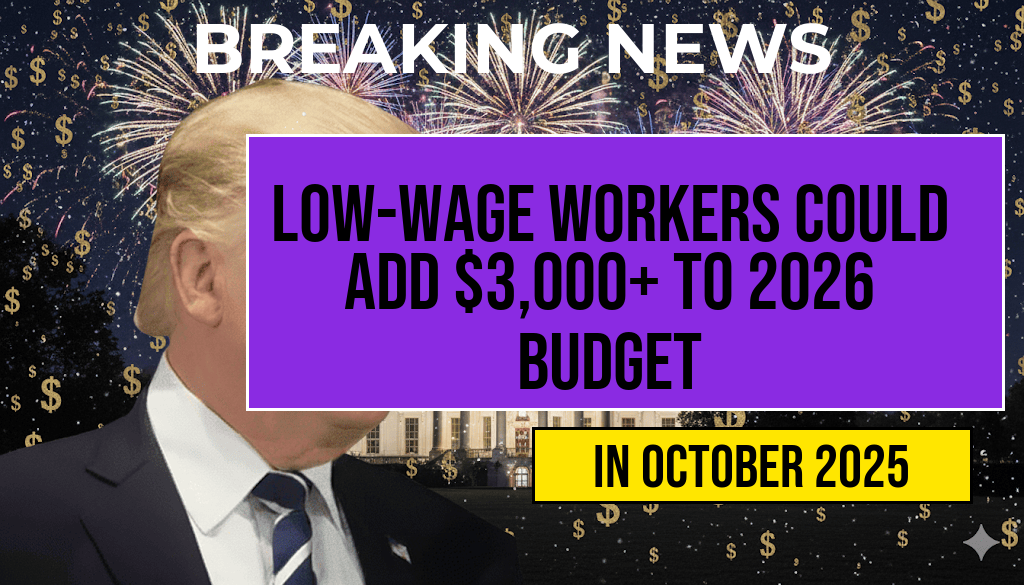Dining establishments across Washington, D.C., are experiencing a notable rise in customer checks, driven primarily by increased labor costs stemming from recent wage regulation changes. On average, patrons are now facing bills that are over $20 higher than before, as restaurants adjust their pricing strategies to accommodate new minimum wage mandates and mandatory benefits. This shift has sparked concerns among both business owners and consumers, with some establishments implementing surcharges to offset escalating expenses. The impact is particularly evident in popular neighborhoods where dining remains a key part of local culture and economy. As the city navigates these financial adjustments, stakeholders are closely monitoring how these surcharges influence tipping behaviors, customer satisfaction, and the overall vibrancy of the D.C. dining scene.
Wage Regulations and Rising Operating Costs
New Minimum Wage Policies and Their Effects
In recent months, the District of Columbia has introduced legislation increasing the minimum wage for tipped and non-tipped employees. The phased-in approach aims to reach a $16.50 per hour minimum by 2025, surpassing federal standards and aligning with broader urban wage initiatives. While aimed at improving worker compensation, these policies have driven up labor costs for restaurant owners, forcing many to reevaluate their pricing models.
Mandatory Benefits and Overtime Pay
Additional mandates such as mandatory paid sick leave, healthcare contributions, and overtime pay further compound expenses. Small and mid-sized restaurants, in particular, report that these added costs have pushed their operating expenses upward by approximately 15-20%. As profit margins tighten, many establishments opt to pass some of these costs onto consumers via surcharges or higher menu prices.
Introduction of Surcharges and Their Impact on Customer Checks
How Surcharges Are Reshaping Dining Checks
| Type of Charge | Average Additional Cost | Percentage of Increase in Total Check |
|---|---|---|
| Surcharges for Labor Costs | $10–$15 | 15%–25% |
| Service Charge | $5–$8 | 8%–13% |
| Combined Impact | $20+ | Over 20% |
Restaurants have begun adding explicit surcharges labeled as “labor fees” or “wage adjustments,” which can significantly inflate the final bill. These fees, often displayed transparently on the menu or receipt, are designed to recover the increased costs associated with higher wages. The result is an average hike of more than $20 per check, depending on the establishment and meal selection.
Customer Reactions and Tipping Trends
While some diners accept the surcharges as a necessary adjustment, others express frustration over the added expense. Tipping behaviors are also shifting; some customers are tipping less to offset higher bills, while others are maintaining or increasing gratuities to support servers. Industry experts suggest that clear communication about surcharges can mitigate negative perceptions and preserve customer loyalty.
Economic and Cultural Implications
Impact on Small and Independent Restaurants
Small restaurants, which often operate on tight margins, report feeling the brunt of these wage-related surcharges more acutely. Several have announced temporary menu price increases or limited surcharge implementation to maintain competitiveness. Some have explored alternative staffing models, such as cross-training employees or reducing hours, to manage costs without overburdening customers.
Broader Industry Trends and Responses
Industry groups and advocacy organizations are engaging with policymakers to find a balance between fair wages and sustainable business practices. Some suggest that targeted tax incentives or grants could help offset increased labor costs, preventing a decline in restaurant diversity and accessibility.
Looking Ahead: Navigating Cost and Consumer Expectations
Strategies for Restaurants
- Transparent Pricing: Clearly explaining surcharges on menus can reduce customer pushback.
- Enhanced Efficiency: Implementing technology for order management and payment processing may lower operational costs.
- Menu Optimization: Focusing on high-margin items can help absorb increased expenses.
Consumer Considerations
- Budget Planning: Diners may need to allocate more for dining out amid rising costs.
- Feedback Channels: Constructive feedback can influence restaurant policies and surcharge practices.
- Support for Local Businesses: Patronizing independent eateries can help sustain the local culinary scene amidst economic shifts.
As Washington, D.C., continues to adapt to new wage regulations, the ripple effects on dining costs are likely to persist. Stakeholders on both sides of the table will need to navigate these changes thoughtfully, balancing economic realities with the city’s vibrant culinary culture. For more insight into labor policy impacts on industries, visit Wikipedia’s entry on wage labor. To follow the latest local economic updates, check out Forbes.
Frequently Asked Questions
What is causing the increase in dining surcharges in DC?
The increase in dining surcharges in DC is primarily due to new wage regulations that have raised labor costs for restaurants, leading them to implement surcharges to offset these expenses.
How much have the dining checks increased on average?
Dining checks in DC have increased by over $20 on average, reflecting the impact of wage regulations and associated surcharges.
Are the surcharges applied to all types of dining establishments?
While most restaurants affected by wage regulations are implementing surcharges, the specific application may vary depending on the establishment and its pricing policies.
Will these surcharges become permanent?
The permanence of the surcharges depends on future regulatory changes and economic conditions. Currently, they are a response to increased wage costs.
What can customers expect regarding dining costs in DC moving forward?
Customers should anticipate higher checks due to surcharges associated with wage regulations. It’s advisable to budget accordingly and be aware of potential additional charges when dining out in DC.






